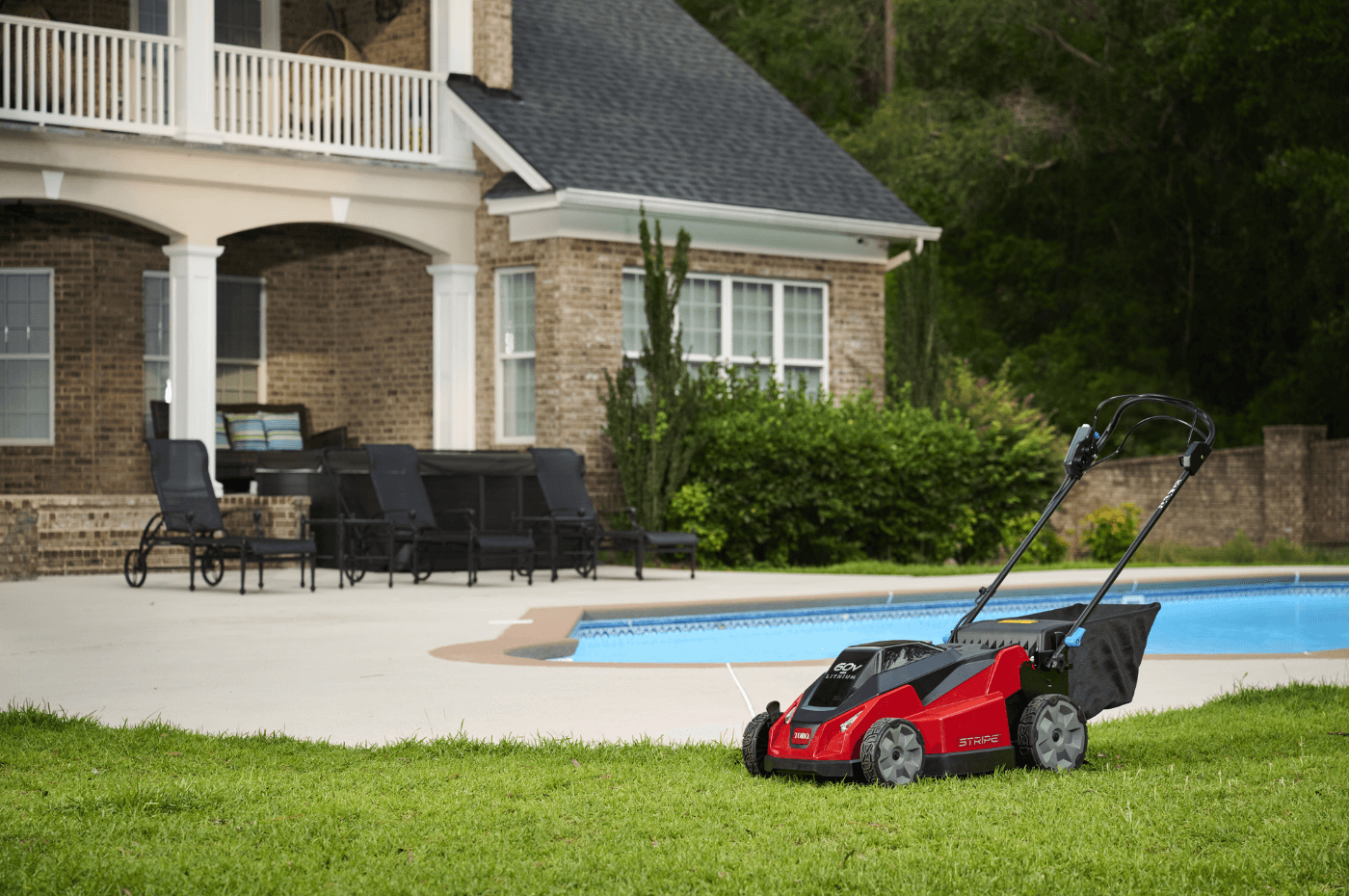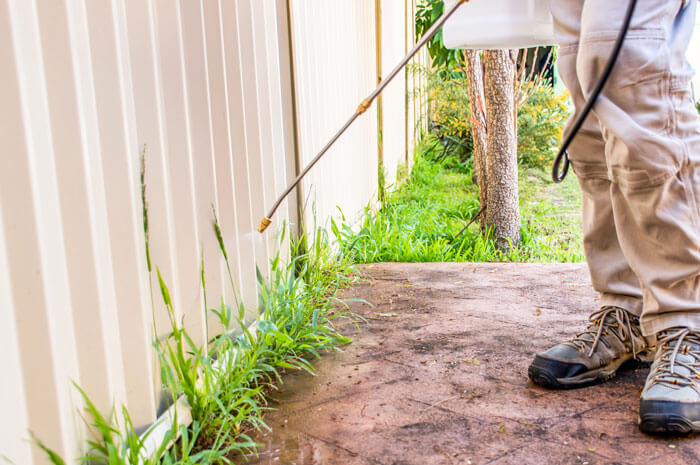
Invasive grasses and weeds can quickly turn a thriving, lush lawn into a nightmare – both to look at and to treat. But many invasive grasses and weeds can be difficult to catch among your normal grasses and foliage. Get ahead of these unassuming grasses before they take root. Our lawn care experts have compiled a handy field guide to some of the most common types of invasive weeds you might find in your lawn – and how to get rid of them.
Invasive Grasses Types
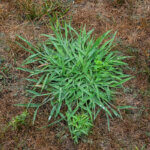 Crabgrass: One of the most common invasive weeds, crabgrass (also known as Finger Grass), is an annual grass distinguished by its long, finger-like fronds. It is native to most parts of North America, thriving in both warmer and cooler climates. Crabgrass tends to take root in lawns that are watered lightly, poorly fertilized and underdrained.
Crabgrass: One of the most common invasive weeds, crabgrass (also known as Finger Grass), is an annual grass distinguished by its long, finger-like fronds. It is native to most parts of North America, thriving in both warmer and cooler climates. Crabgrass tends to take root in lawns that are watered lightly, poorly fertilized and underdrained.
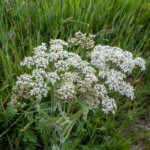 Hogweed: A catch-all name for several different invasive weed species, Hogweed is known for its clusters of small white flowers, similar to Queen Anne’s Lace. Although pretty, this invasive weed can not only take over a lawn quickly, but the sap from this grass is phototoxic and can be particularly dangerous to children and pets.
Hogweed: A catch-all name for several different invasive weed species, Hogweed is known for its clusters of small white flowers, similar to Queen Anne’s Lace. Although pretty, this invasive weed can not only take over a lawn quickly, but the sap from this grass is phototoxic and can be particularly dangerous to children and pets.
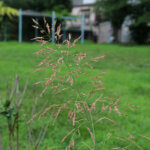 Johnsongrass: Thriving in rich, bottom ground and especially in cultivated fields, Johnsongrass is considered one of the most invasive grasses in the world. And although this invasive weed can look like a smaller version of wheat, it’s been known to spread extremely rapidly and can be harmful to animals if ingested in large quantities.
Johnsongrass: Thriving in rich, bottom ground and especially in cultivated fields, Johnsongrass is considered one of the most invasive grasses in the world. And although this invasive weed can look like a smaller version of wheat, it’s been known to spread extremely rapidly and can be harmful to animals if ingested in large quantities.
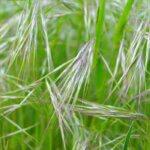 Cheatgrass: Also known as downy brome or dropping brome, Cheatgrass is easily identified by its slender stalk and ‘hairy’ appearing leaves. Because it can thrive in many different climates, Cheatgrass is a common invasive grass in lawns. Because of its plentiful seed production, this invasive weed not only can cause havoc on lawns (and allergy sufferers!) but can also easily overtake other flora.
Cheatgrass: Also known as downy brome or dropping brome, Cheatgrass is easily identified by its slender stalk and ‘hairy’ appearing leaves. Because it can thrive in many different climates, Cheatgrass is a common invasive grass in lawns. Because of its plentiful seed production, this invasive weed not only can cause havoc on lawns (and allergy sufferers!) but can also easily overtake other flora.
How To Get Rid of Invasive Grass and Weeds
Crabgrass: The best prevention for invasive grasses like crabgrass is to use a pre-emergent herbicide to stop it before it starts (any herbicide with mesotrione would be ideal). If your lawn already has patches of crabgrass, then mowing these patches over is recommended. To find the perfect mower for your lawn, browse our expert-approved lawn mowers and tools today.
Hogweed: Because of its prolific seeding, hogweed control starts before you see sprouts. If you see hogweed starting to sprout, immediately remove it. For small infestations, root cutting can be useful in stopping its spread. But like with crabgrass, this invasive grass can be treated with mowing and herbicides (glyphosate and triclopyr are ideal) before it becomes too overgrown.
Johnsongrass: There are a few options for treating this invasive grass other than conventional herbicides. Johnsongrass can be treated with hand weeding once sprouted. Many farmers control johnsongrass with soil tilling as well – usually in the fall when most invasive grasses are dormant. Lastly, in areas with no other plants, flooding patches of johnsongrass can be an effective and non-chemical way to stop its spread.
Cheatgrass: There are several non-chemical methods of treating Cheatgrass. Other than weeding sudden shoots by hand, watering your lawn often is another great way to prevent Cheatgrass from taking root, as it prefers drier soil. Another method for very large swatches of Cheatgrass is controlled burning. However, this should be done with extreme caution and by a professional. Chemical herbicides containing glyphosate or imazapyr can also be used.
Final Thoughts on Invasive Grasses and Weeds
Invasive grasses and weeds not only look bad but can mean bad news for the other plants in your yard. And although treatments for invasive grasses and weeds are usually easy and painfree to apply, the number one way to keep invasive grasses out of your lawn is to stop them before they can begin. Keep invasive grasses and weeds away by planting grass seed early, ensuring you have a denser, thicker lawn, and using certain preventive herbicides. Still, searching for more tips and tricks to keep your lawn looking its best? Browse today for other tricks and tools from our Toro YardCare experts.

